1 - Expected post-Chinafy results
Does Umbraco work in China?
TLDR; Umbraco websites don’t work in China. At least, not like they do elsewhere globally. The average Umbraco site -
- Takes 15.2 seconds to load in China*
- Load 2.8x slower in China than they do elsewhere
- Fail to deliver an average of 42% web resources when loading from China, which makes them, dare we say, broken for the China visitor.
In this article, we explain the technical reasons behind poor China web performance for Umbraco sites and various solutions.
(5-minute read)
*defined by Fully Load.
What is Umbraco?
Umbraco is a Web Content Management System (CMS) designed to deliver enterprise content experiences.
Built on Microsoft infrastructure, Umbraco is known among developers to be the go-to blank-sheet option to building an enterprise-level website.
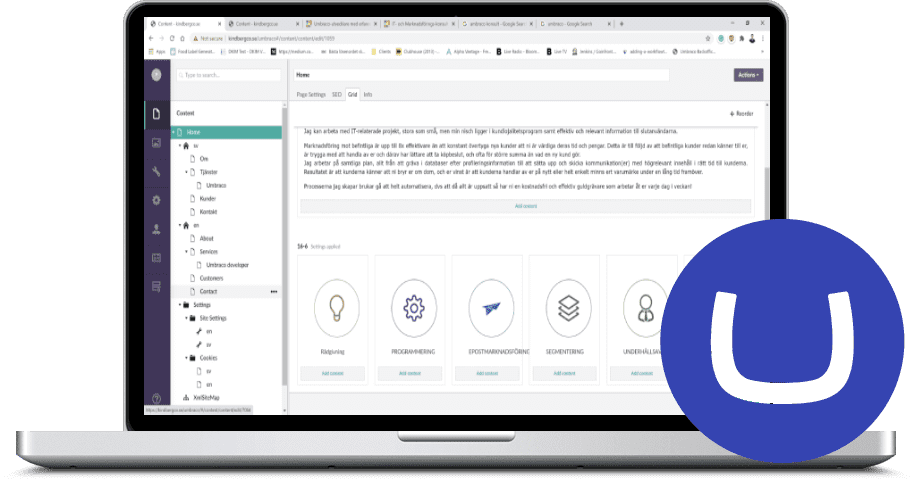
How the Umbraco CMS looks (Source: Kindberg Consulting)
Who uses Umbraco?
You may not know this but some of the world’s largest organisations use Umbraco.
This includes some of the world's most visited sites like Facebook, Flickr and Pinterest.
And global organisations like the European Union.
As well as Microsoft, Mcdonalds and University of Oxford.
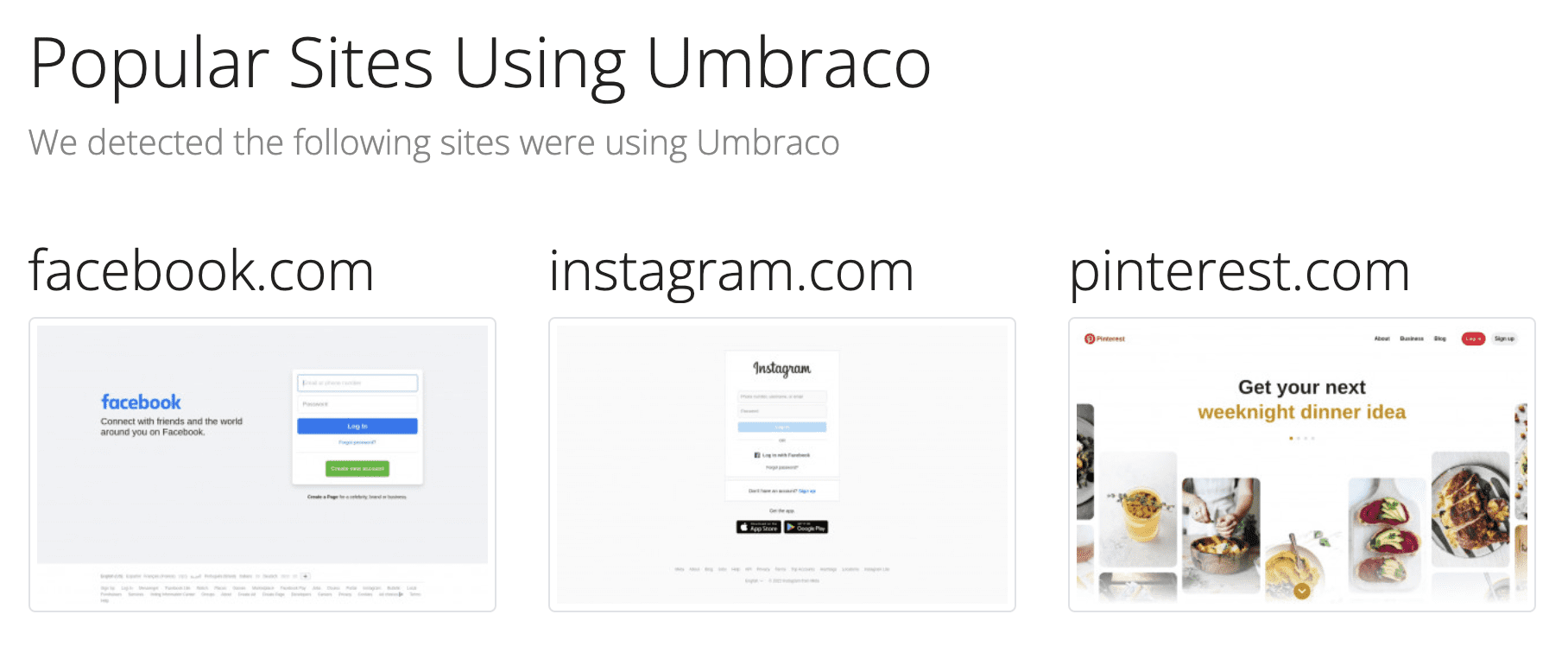
Popular websites that use Umbraco are some of the world’s biggest. (Source: WhatCMS)
When you’re supporting high-traffic sites 24/7, like Umbraco, you can bet that every millisecond in loading times counts.
Umbraco Performance
In the U.S, Umbraco websites truly live up to enterprise-level standards.
But in China, they perform far from that.
We’ve taken a random sample of 6 Umbraco websites and run how they load in China vs. California, U.S..
Here are the results:
The average Umbraco site takes 47.3 seconds to load from China
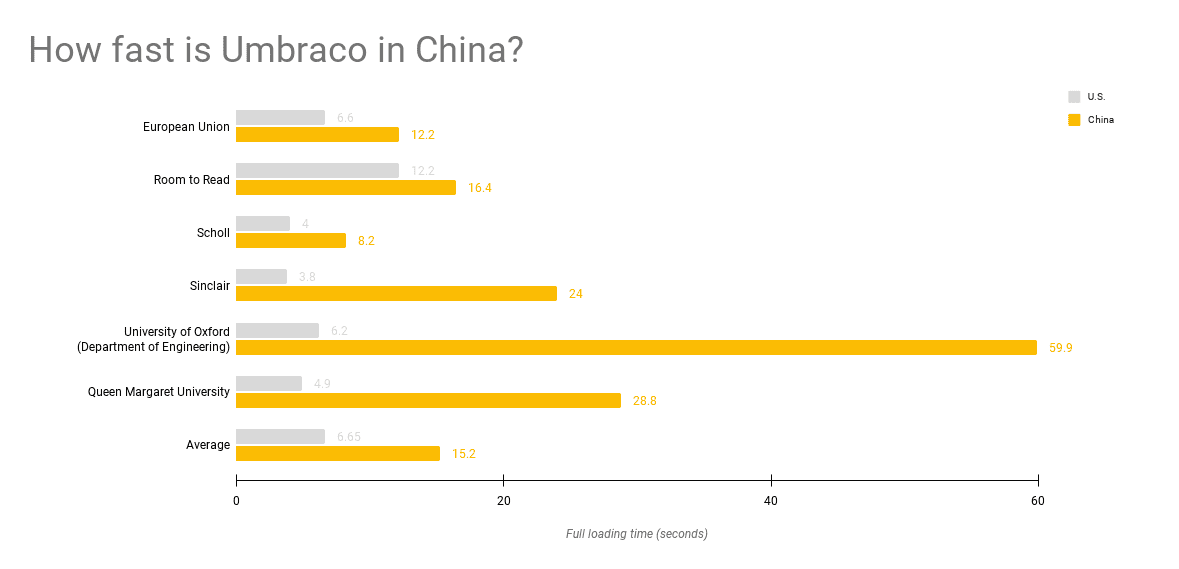
The smaller the gap, the better. (Source: Chinafy Visual Speed Test)
Umbraco websites are ‘broken’ in China with ~42% resources lost^

The higher, the better. (Source: Chinafy Visual Speed Test)
^due to packet loss or compatibility issues
Why don’t Umbraco websites work well in China?
It’s not just Umbraco.
The truth is that almost all websites face a mix of infrastructure and code-based incompatibility issues in China that contribute to poor web performance. We’ll go into more details below.
i) Infrastructural issues
China’s unique internet ecosystem creates challenges for websites that are built without a China-friendly infrastructure.
While the infrastructure (e.g. the hosting server)may only marginally impact a website’s performance in markets outside of China, these variables correlate with the failure to deliver a functional experience for visitors in China.
Umbraco is not immune from these issues.
For the most part, infrastructural issues boil down to a website’s hosting server’s location and its choice of Content Delivery Network (CDN).
Hosting Location impacts latency, throughput
and as a result loading speed
Companies tend to favour hosting their site close to their IT headquarters. For the most Umbraco users, that would be in the U.S.
This practice means that China-based visitors face increased latency, reduced throughput and therefore a slower loading website.
See a graphic illustration of how a U.S.-hosted website would load for a China visitor vs another in Canada.
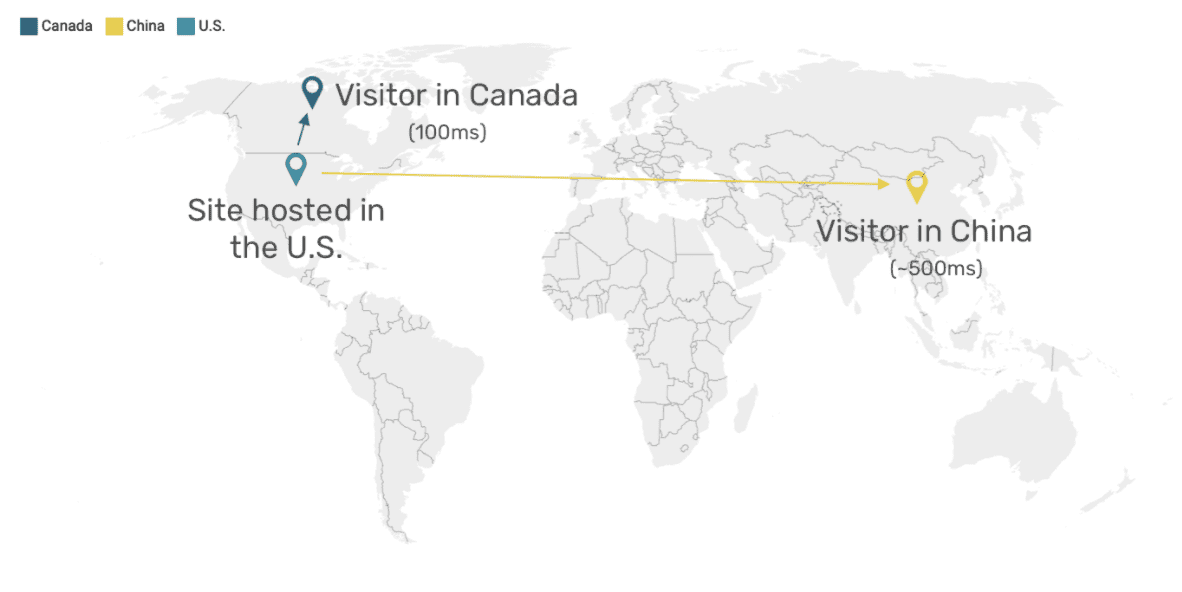
Traditionally, developers would normally address those issues by bolting on a Content Delivery Network (CDN) or rehosting microsites closer to various regional markets.
For Umbraco developers, that would be simply turning on its already-included Microsoft Azure CDN on.
This approach would work in most parts of the world, but not quite in China.
Not CDNs are the same. Especially in China
We'll let the numbers speak...
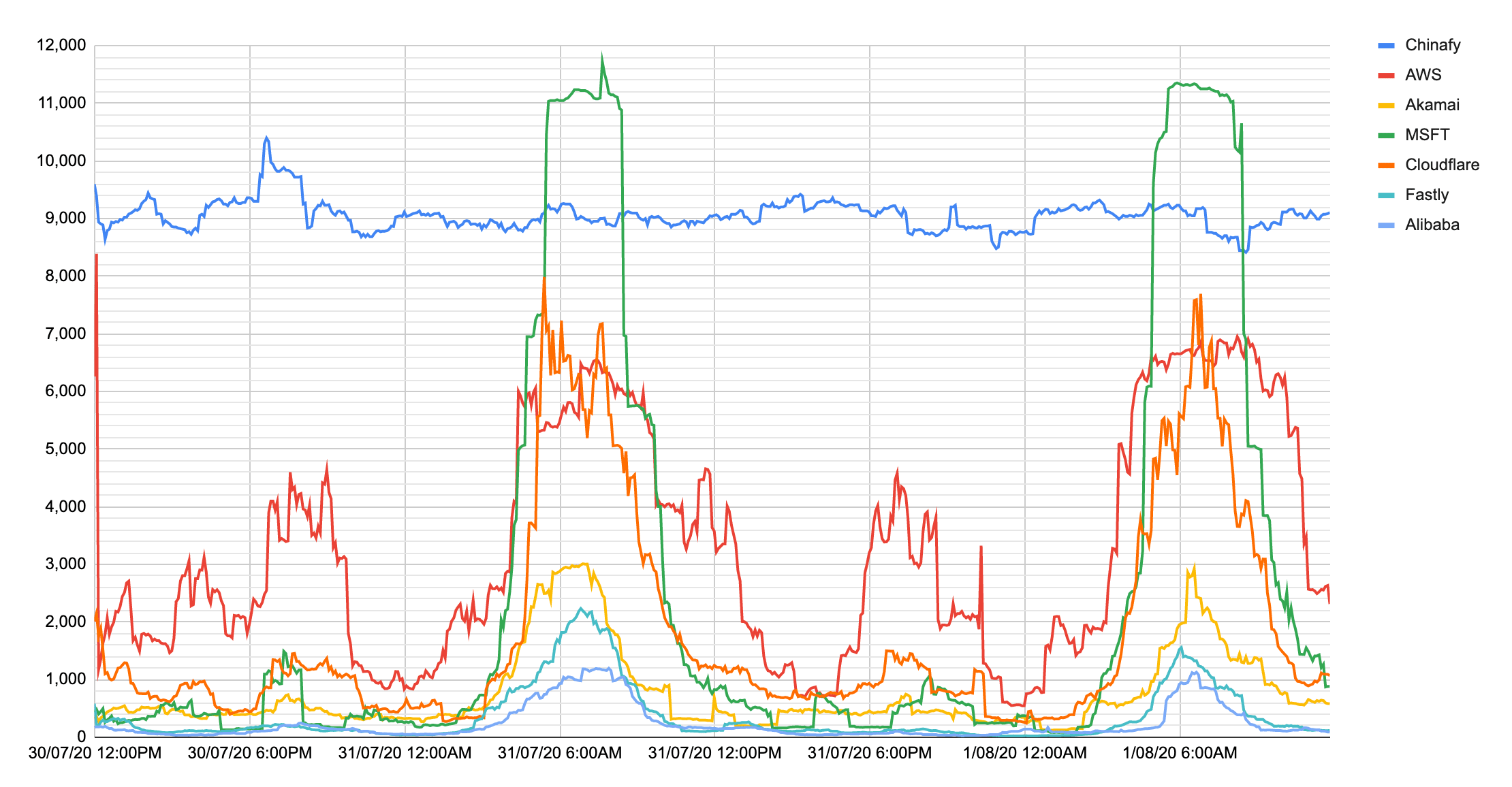
Y-axis: Bandwidth (in kbps) | X-axis: Averaged over 20-periods (Source: China CDN Considerations)
See Microsoft Azure in green (What a ride…)
Ok, so global CDN providers don’t perform so well in China.
Well, how about local China CDNs?
After some research, you’ll find that that might not be so straightforward either.
Can you use Azure CDN in China?
Microsoft Azure does not operate its own CDN or points-of-presence (i.e. POPs) in China. Instead, Azure China is independently operated and transacted by Shanghai Blue Cloud Technology Co., Ltd.
Like using other CDN services, you must register yourself as an Internet Content Provider (ICP) with local authorities in China to host online information onshore.
More on Azure CDN in China
Besides the logistics of hosting onshore, you’ll find that a faster site doesn’t mean it’s a proper user experience. More on this below..
ii) Code-based incompatibility & 3rd-party resources
Certain third party platforms - like Facebook or YouTube - are inaccessible in China. This applies both on the domain level (e.g. links to those platforms) and on the supporting resources (e.g. embeds) on any websites.
Infamously common “culprits” include -
Google Map: maps.google.com
Facebook: connect.facebook.com
Vimeo player: player.vimeo.com
Google Translate: translate.googleapis.com
Because these third party resources are inaccessible from China, this means that China visitors will not be able to access or view this content.
Umbraco websites are no exception.
When a visitor load a Umbraco website built with these inaccessible or slow resources, two things will happen:
They might see a partially website loaded in unacceptably slow speeds, if not timing out*
They might see nothing at all
To illustrate, take a look at the resource waterfall chart for visitors attempting to load past the “connect.facebook.com” resource below -
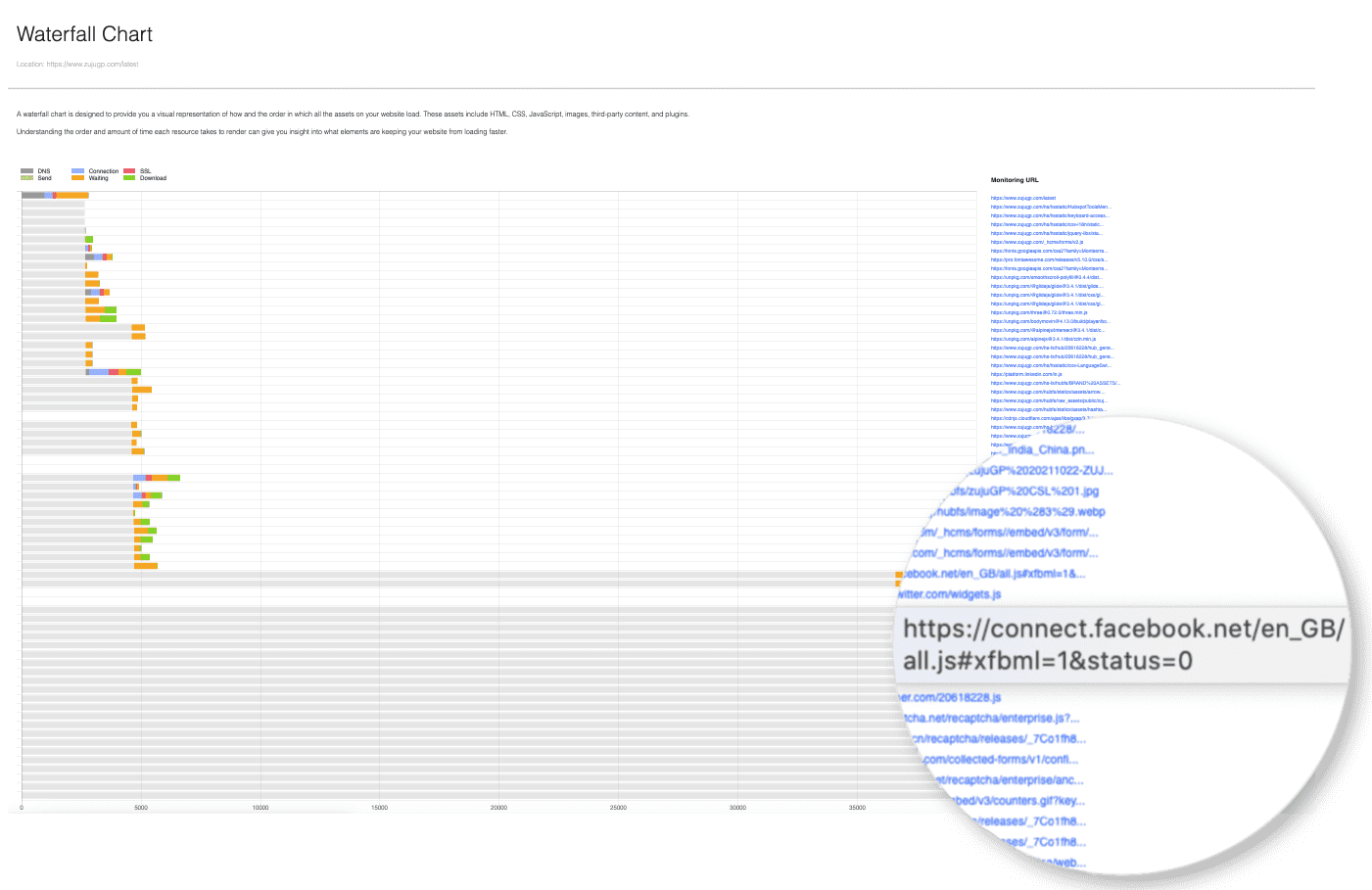
As you can see, resources after Facebook are only loaded at 35s+.
How about manually removing these resources?
Sure, developers are free to remove them from Umbraco websites. However, considerations will include -
Having to rethink how to enable the most basic of functionality, such as maps, social tracking and video delivery, with a China-friendly equivalent
And doing so without compromising the experience for global, non-China, audiences
Whilst keeping track of these inaccessible or slow resources on an ongoing basis as they evolve
The good news is, there are easier alternatives.
How can Umbraco websites work in China?
Umbraco can be optimised to load fast and fully in China. Let’s evaluate some approaches below.
Option 1: Host your Umbraco site(s) in China
Regional hosting is usually a one-step process. Sounds easy enough.
However, the case for China is more complex. (more below).
To host sites in China, you’ll need to -
First become a licensed web content provider
Build and launch a separate, China-specific new localised site. This adds an estimate of 3 to 4 months of development to your timeline
Manage a list of blocked resources and find China-friendly alternatives on an ongoing basis to ensure it works on an ongoing basis.
This fully onshore approach often costs between $42K to $100K upfront*. You may also need to budget recurring costs and time needed to keep the onshore site running.
This is when a performance issue becomes a matter of additional headcount, regulations and local, onshore resources.
Already have an ICP? Want the onshore approach?
Let us help make your next steps easier.
Option 2: Use a China CDN (Partial Solution)
China CDN delivers some forms of acceleration in China, but it’s not the magic bullet to all performance issues.
While CDNs can accelerate web resources on the primary domain, no CDNs - including China CDNs - resolve blocked or incompatible Third Party Web Resources.
For example, YouTube embedded videos, Facebook trackers on Umbraco websites will still be inaccessible. In technical terms, CDNs don’t optimise the application layer. CDN acceleration also only applies to resources on the primary domain , which limits the ability to address the full picture of web incompatibility in China.
Chinafy vs CDN - which one do you need?
Option 3: Chinafy
Chinafy optimises Umbraco so that they to achieve virtually onshore performance, with a offshore set-up.
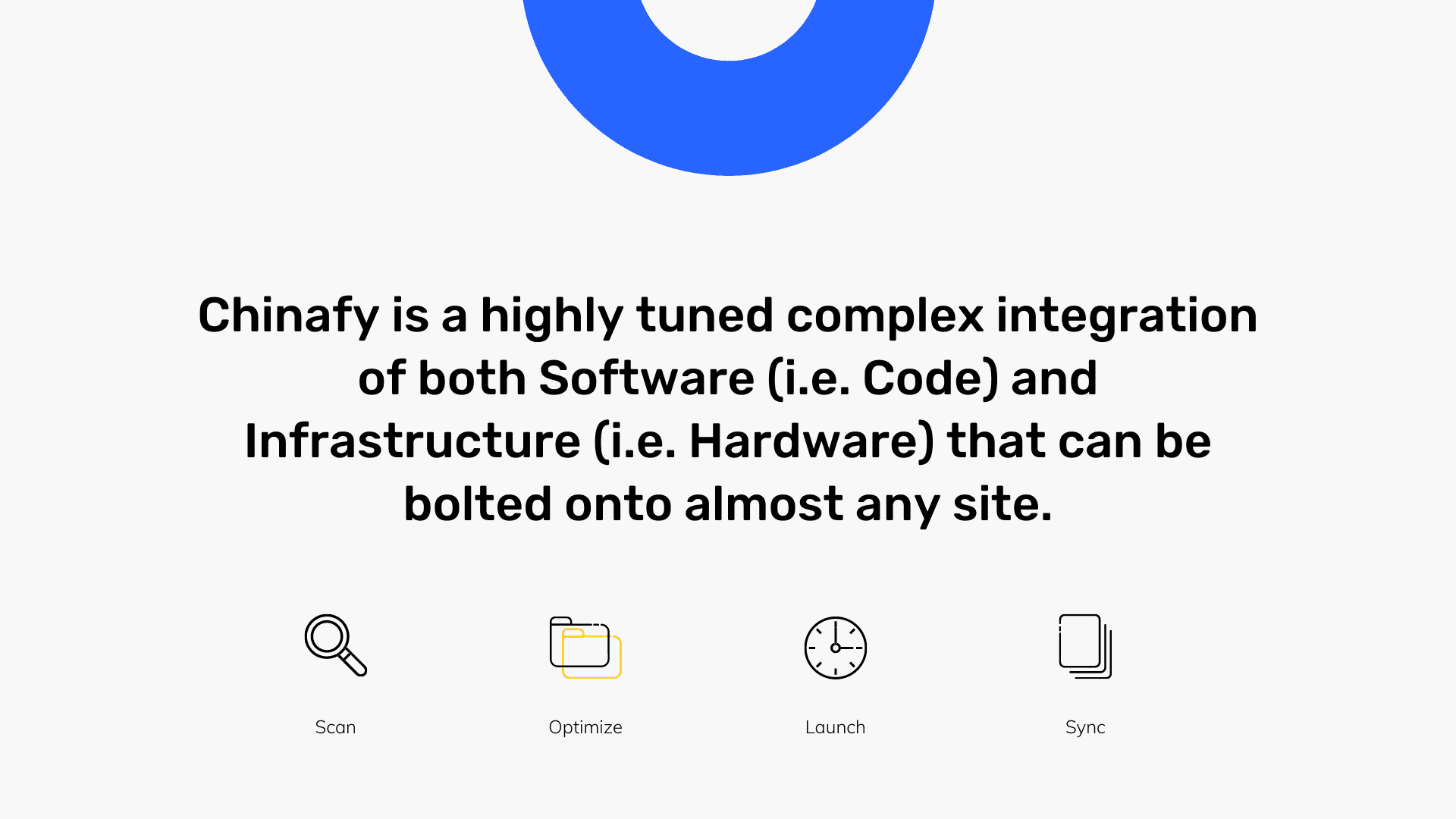
Chinafy achieves this by combining -
Generating a China-friendly version of the Umbraco site based on the original website
Optimising the Application layer to replace, remove, or optimise a website’s third party resources. This is Chinafy’s speciality, and why we’re official partners to leading tech and cloud providers like AWS, Alibaba Cloud and more.
Bolting on best-in-class CDNs for accelerated delivery
The outcome is an optimised, fully-managed version of Umbraco websites that’s 6-8x faster in China.
Enough said.
See how Chinafy optimises Umbraco sites to load up to 6x faster in China.



1 - Expected post-Chinafy results






























